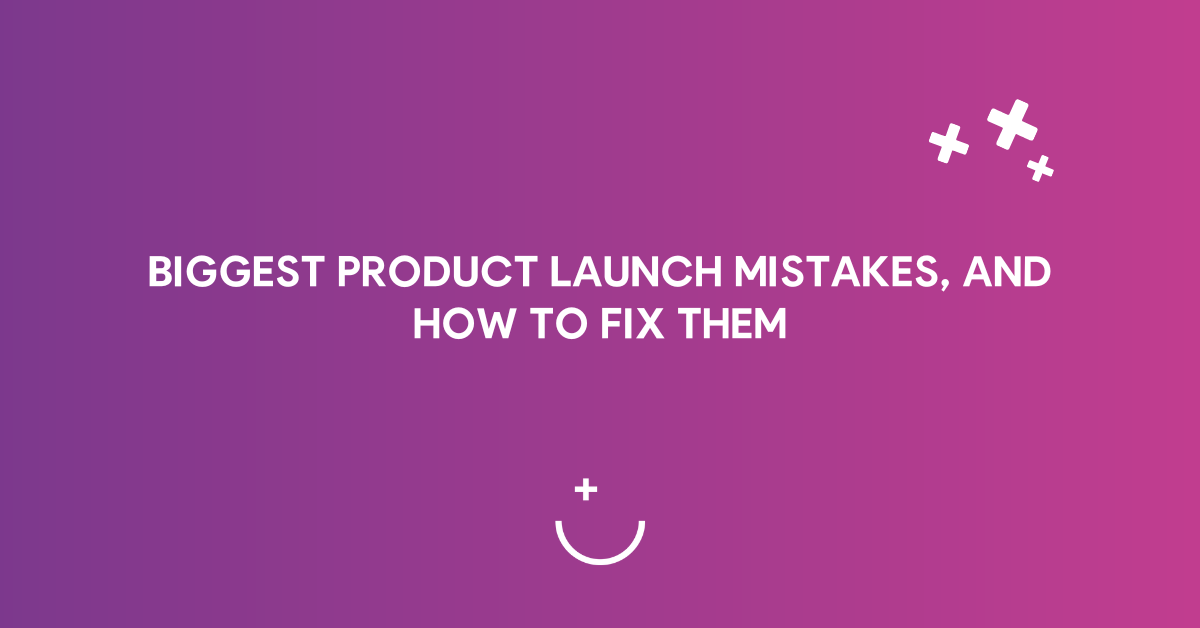Launching a new product is a monumental moment for any brand. It’s the culmination of months, or even years, of hard work, creativity, and investment. Yet, despite the excitement and preparation, many product launches fail to make an impact. Why? Because brands often make one critical mistake: they focus too much on the product itself and not enough on the people they’re trying to reach.
In this blog post, we’ll explore why this mistake is so common, how it manifests, and what brands can do to avoid it. Whether you’re a seasoned marketer or a startup founder, this insight could be the key to your next successful launch.
The Root of the Problem: The Curse of Knowledge
The biggest mistake brands make stems from what psychologists call the “curse of knowledge.” After spending countless hours developing a product, teams become so immersed in its technical details and features that they lose sight of the customer’s perspective. Think about the last time you tried to explain your profession to someone outside your field, you likely used jargon or referenced concepts that seemed obvious to you but left your listener confused. The same phenomenon occurs in product launches.
Brands often assume that if the product is great, people will just “get it.” But the truth is, customers don’t care about your product as much as you do. They care about what it does for them. According to a study by Harvard Business Review, 95% of new products fail each year, and a significant contributor to this high failure rate is a lack of market understanding.
How This Mistake Manifests
- Feature Overload
Marketing focuses on specs, features, and technical details rather than the problem the product solves. For example, a brand might tout “5GB storage capacity with a 1.8-inch hard drive” instead of explaining how the product fits into the customer’s life. - No Real-World Context
The product is launched without showing how it fits into people’s lives. Customers need to see themselves using the product, not just hear about its features. - Too Much Hype, Too Little Substance
There’s a big flashy campaign, but no clear reason why someone should actually buy it. Segway’s launch is a classic example, it was hyped as a world-changing innovation, but the messaging failed to explain how it solved a specific problem for everyday consumers. - Ignoring the Market
Brands assume there’s demand without validating whether the problem is real or urgent. Google Glass, for instance, was a technological marvel but failed to address a clear consumer need.
How to Avoid This Mistake
- Start with the Customer
Instead of asking, “What does our product do?” ask, “What problem does it solve? Who is struggling with this problem? How does this product make their life better?” Apple’s iPod launch is a brilliant example of this approach. Rather than focusing on technical specs, they simply said, “1,000 songs in your pocket.” - Tell a Story, Not Just a Spec Sheet
Show the product in action. Use testimonials, case studies, or even simple storytelling to help people see themselves using it. For every feature you want to promote, ask “So what?” three times to uncover its true value. For example:- Feature: Our new running shoes have advanced cushioning technology.
- So what? The cushioning reduces impact on joints.
- So what? Runners can train longer with less pain.
- So what? They can achieve their fitness goals without sacrificing their long-term health.
- Validate Before You Launch
Test messaging, get feedback, and refine before going all-in. Create prototypes or minimum viable products (MVPs) and test them with a small group of customers. This allows you to refine the product based on real-world feedback before a full-scale launch. - Make the First Users Your Advocates
Early adopters can be your biggest champions. Give them an incredible experience, and they’ll spread the word better than any ad campaign ever could. Slack, for instance, started as an internal tool for a gaming company but found its true purpose through customer adoption.
Real-World Success Stories
Brands that prioritise understanding their audience often see remarkable results. Take Airbnb, for example. By staying in their own listings and gathering feedback from hosts and guests, they were able to refine their platform to meet the needs of both parties. Similarly, Apple’s iPod launch succeeded because it focused on the customer’s desire to carry their music library in their pocket, not on the technical details of the device.
Final Thoughts
Launching a new product is no easy feat, but avoiding the biggest mistake, failing to understand your target audience, can significantly increase your chances of success. By conducting thorough research, testing your product, and crafting customer-centric messaging, you can create a launch that resonates with your audience and drives long-term growth.
Remember, a successful product launch isn’t just about what you’re selling, it’s about who you’re selling to. So, take the time to listen, learn, and adapt. Your customers will thank you, and your brand will reap the rewards.
Sources:
- Harvard Business Review: Why Most Product Launches Fail
- Nielsen: The Importance of Market Research
- Forbes: Lessons from Failed Product Launches
- McKinsey & Company: The Power of Customer-Centricity
- Psychology Today: The Curse of Knowledge
- Inc.: How to Launch a Product That Resonates
